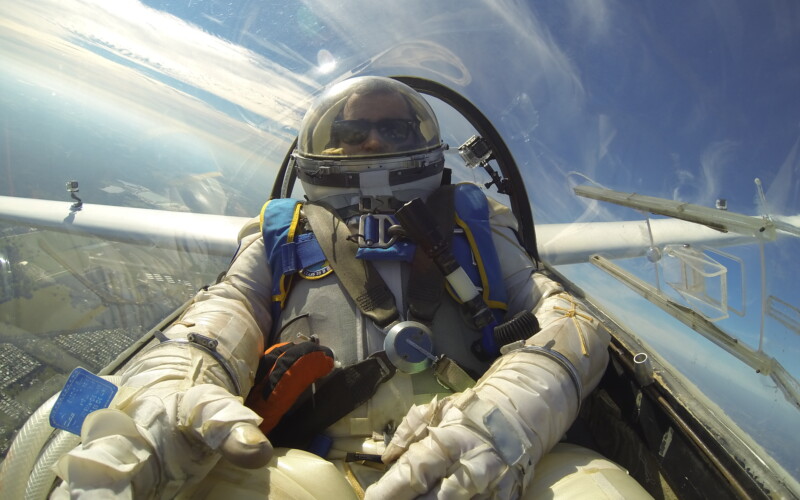We have experience hosting a range of audiences, from college classes to birthday parties to company outings, and we customize our tours to meet your group’s interests and needs.
Book a private tour today
Open House New York Weekend (Oct 20–22) is just a few days away, and with over 330 partners participating this year, it’s impossible to do it all. So we scoured …
Read more
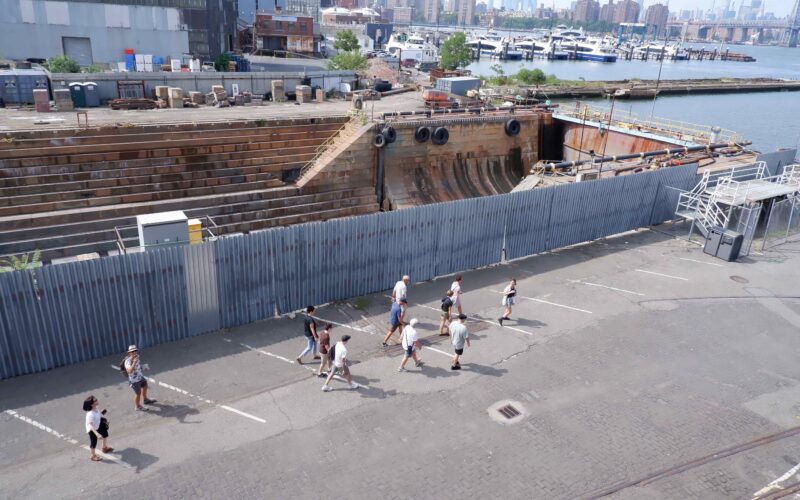
On December 19, 1960, the Brooklyn Navy Yard suffered the worst accident in its history, a devastating fire aboard the USS Constellation that killed 50 workers. This fire was not …
Read more
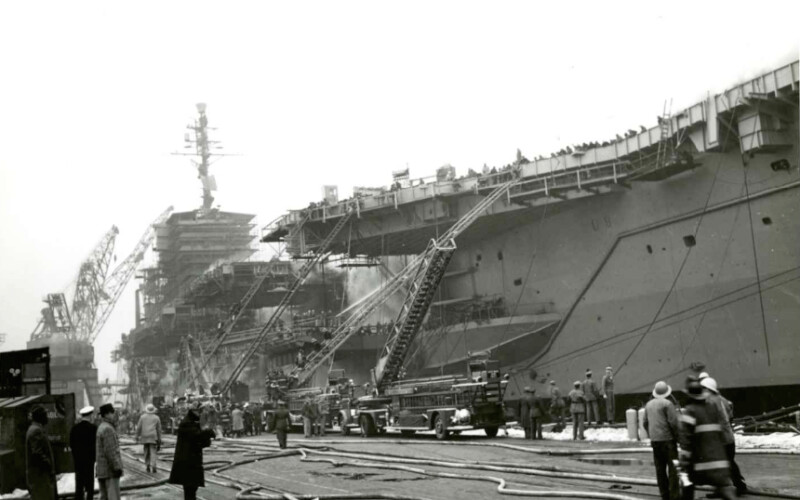
Join us at the Brooklyn Navy Yard to celebrate 15 years of remarkable work of Made In NYC, an initiative the Pratt Center for Community Development. This special evening will bring …
Read more
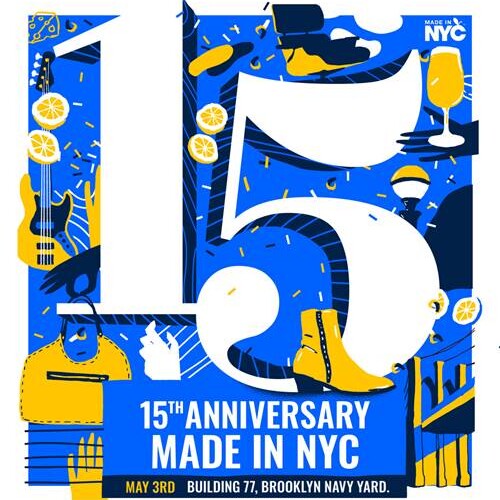
Today marks the 57th anniversary of perhaps the darkest day in the history of the Brooklyn Navy Yard. To commemorate the fire on board the USS Constellation, we are going …
Read more
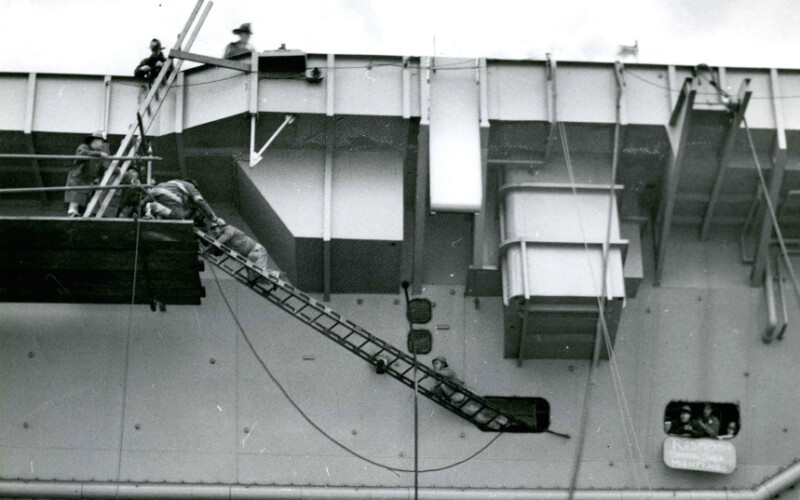
Thanks to all the photographers who joined our summer installment of the Brooklyn Navy Yard Photography Tour. This season, the winning photographs will be selected by an artist based in the …
Read more
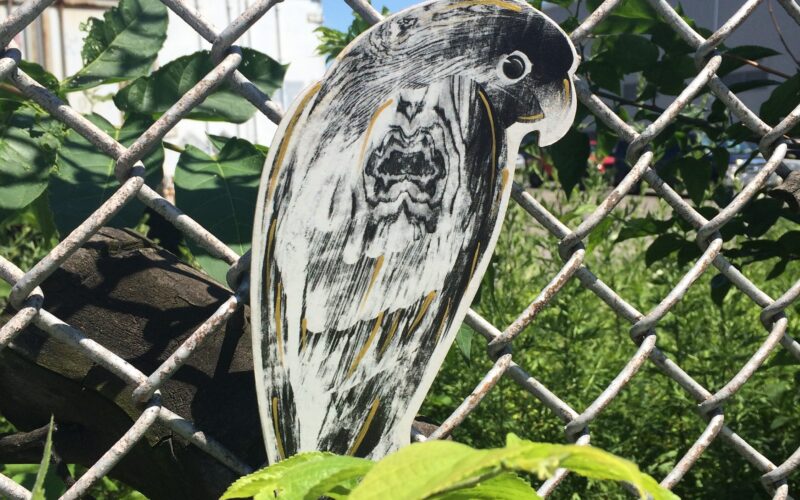
Inside the Brooklyn Navy Yard, on the fifth floor of the cavernous Building 280, sits a small studio with very large ambitions. Inside you will find bolts of high-tech fabrics, spools of …
Read more
